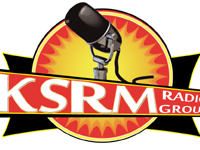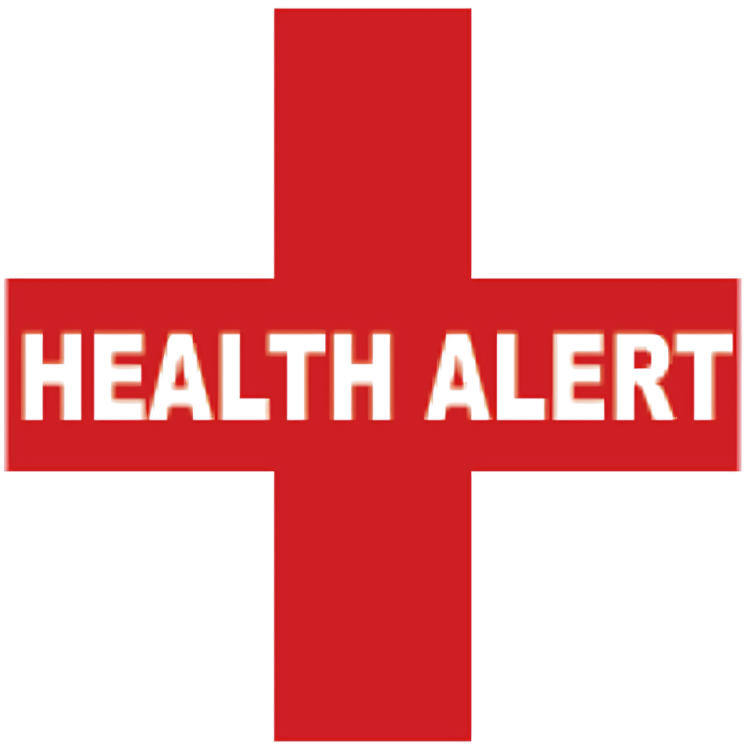A public health alert released on Thursday says a measles case was confirmed in a resident of the Southern Kenai Peninsula this week. The individual with the confirmed case is an unvaccinated adult who began experiencing symptoms while traveling home to Alaska from a trip overseas.
According to the alert, this person was infectious while flying on Alaska Air flight 228 from Seattle to Anchorage on Jan. 10 and while at the Ted Stevens Anchorage International Airport from approximately 10:00 p.m. Jan. 10 to 12:00 a.m. Jan. 11. Nonimmune persons who were near the infected person on the airplane or in the airport could be at risk for developing measles.
The person then drove from Anchorage to the Southern Kenai Peninsula and remained at home except for seeking healthcare.
The person sought care and was immediately isolated upon arrival at the South Peninsula Hospital Emergency Department on Jan. 13 where clinical specimens were obtained for measles testing. The patient was transferred in isolation to Providence Alaska Medical Center on Jan. 14 and maintained in isolation during hospitalization.
Polymerase chain reaction (PCR) testing at the Alaska State Virology Laboratory was positive for measles RNA virus on Jan. 15.
Measles is a highly infectious viral respiratory disease that spreads via the airborne route and through direct contact with respiratory secretions. Measles typically starts with a fever, runny nose, cough, red eyes, and sore throat, and is followed by a rash that most frequently starts on the face and descends to involve the trunk and limbs.
About 30% of people who get measles will develop one or more complications including pneumonia, ear infections, or diarrhea. Complications are more common in infants, children aged 5 years old and younger, pregnant women, immunocompromised persons, and adults 20 years old and younger.
Measles can be fatal.
During Measles incubation period, symptoms typically start to appear 8–12 days after exposure, with rash onset typically occurring 10–14 days after exposure (range: 7–21 days).
Measles infectious period is typically four days before rash onset and up to four days after rash onset.
Adult patients or the parents of children should call ahead before visiting a clinic for care, to avoid exposing others in waiting areas.
Adults, or the parents of children, with suspected measles should avoid exposing other people during the entire infectious period.

